Description
Reading in the 21st century is proud to call itself the biggest town in England. It is considered to be among the best places in Britain to provide a ‘good work-life balance’ however in the fifth century it was a barely visible settlement.
So how was Reading transformed from these humble beginnings into the largest and wealthiest town in Berkshire? In this readable and beautifully produced book, leading local historian Joan Dils has traced the history of Reading. Its unique and strategic position has over the last 1000 years attracted the Romans, Anglo-Saxons, Vikings and Normans.
In 1121 King Henry I founded an abbey that was to become one of the richest in England, transforming the town’s fortunes. Over subsequent centuries the borough grew and prospered, its industries benefiting, then as today, from its location, and from constant influxes of talented and innovative people.
During the twentieth century, Reading slowly moved away from biscuits, brick-making, brewing and seeds to become a centre of the knowledge economy, a vibrant university town, and major transport hub.
Author: Joan Dils
Imprint: Carnegie Publishing
Binding: Paperback, thick cover
ISBN: 978-1-85936-234-1
Extent: 352 pages
Format: 240 x 170 mm
Illustrations: over 200, most in colour
Pub. date: 15 October 2019

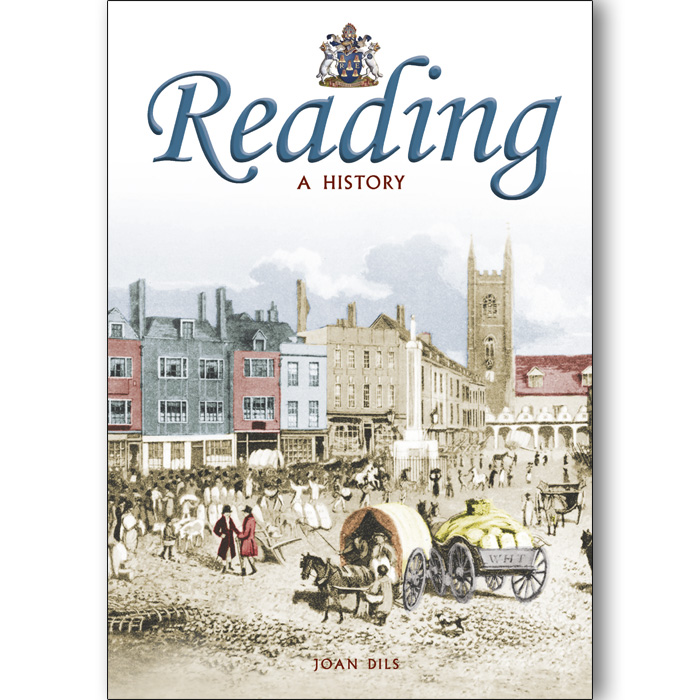
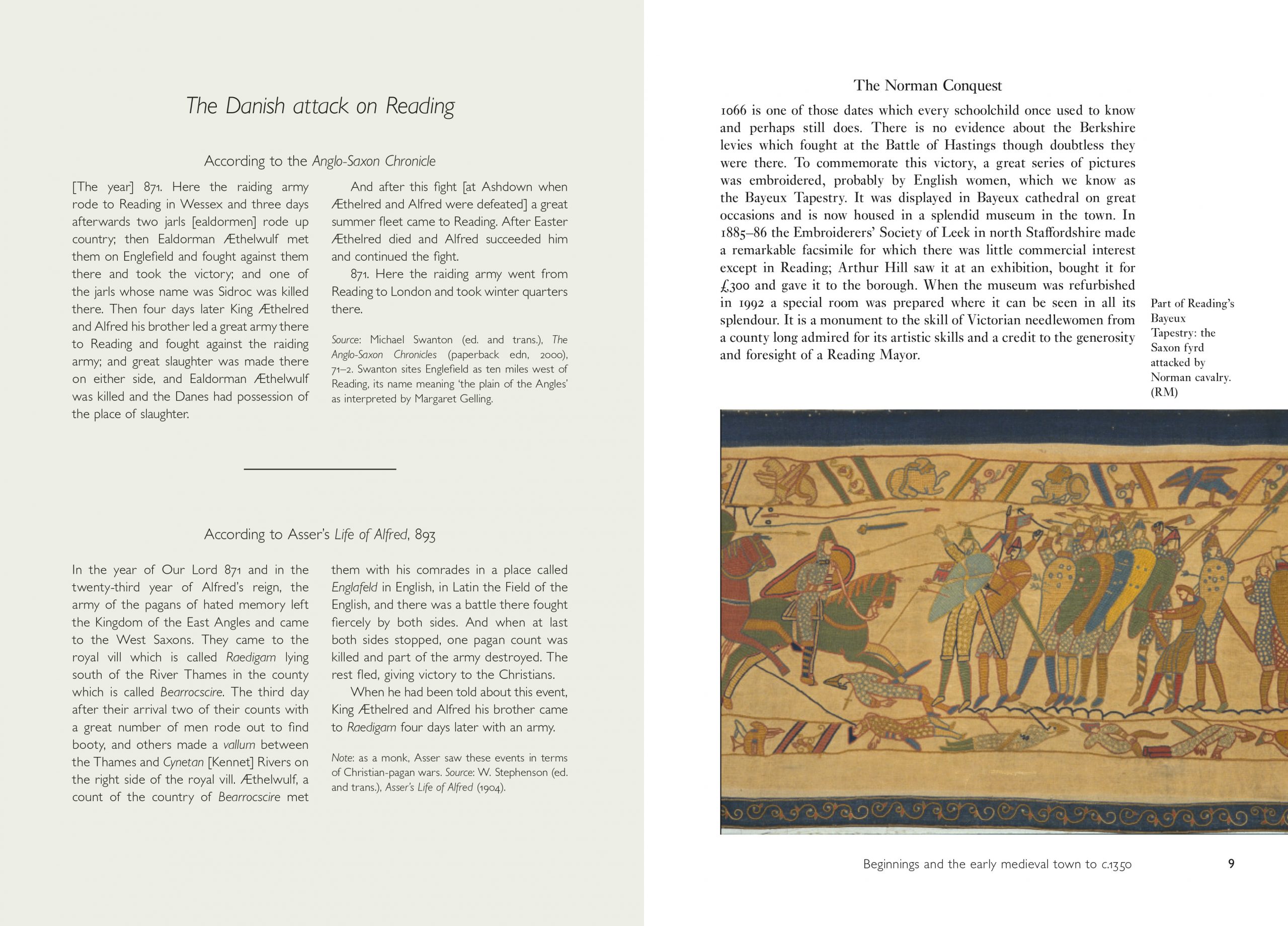
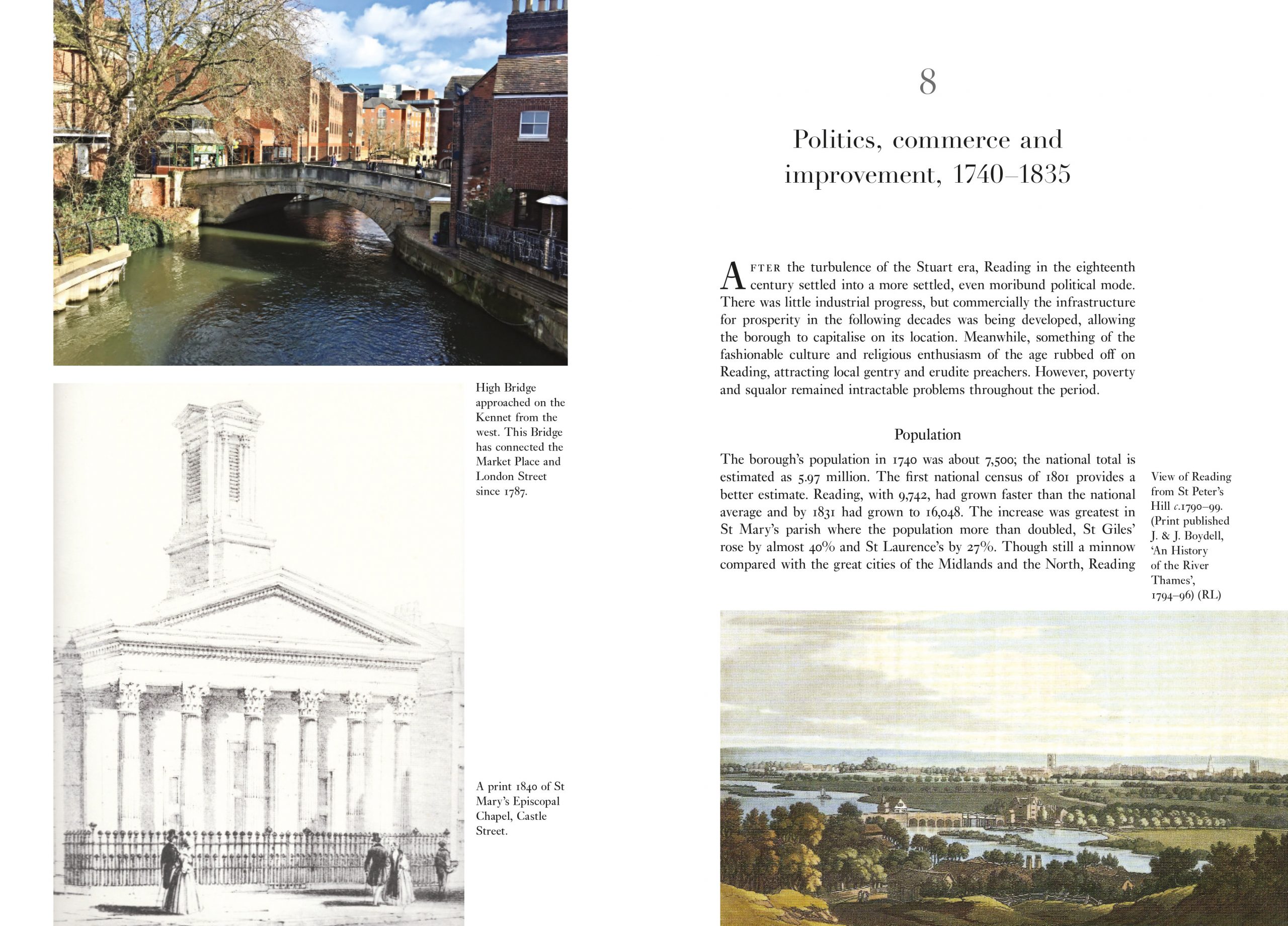
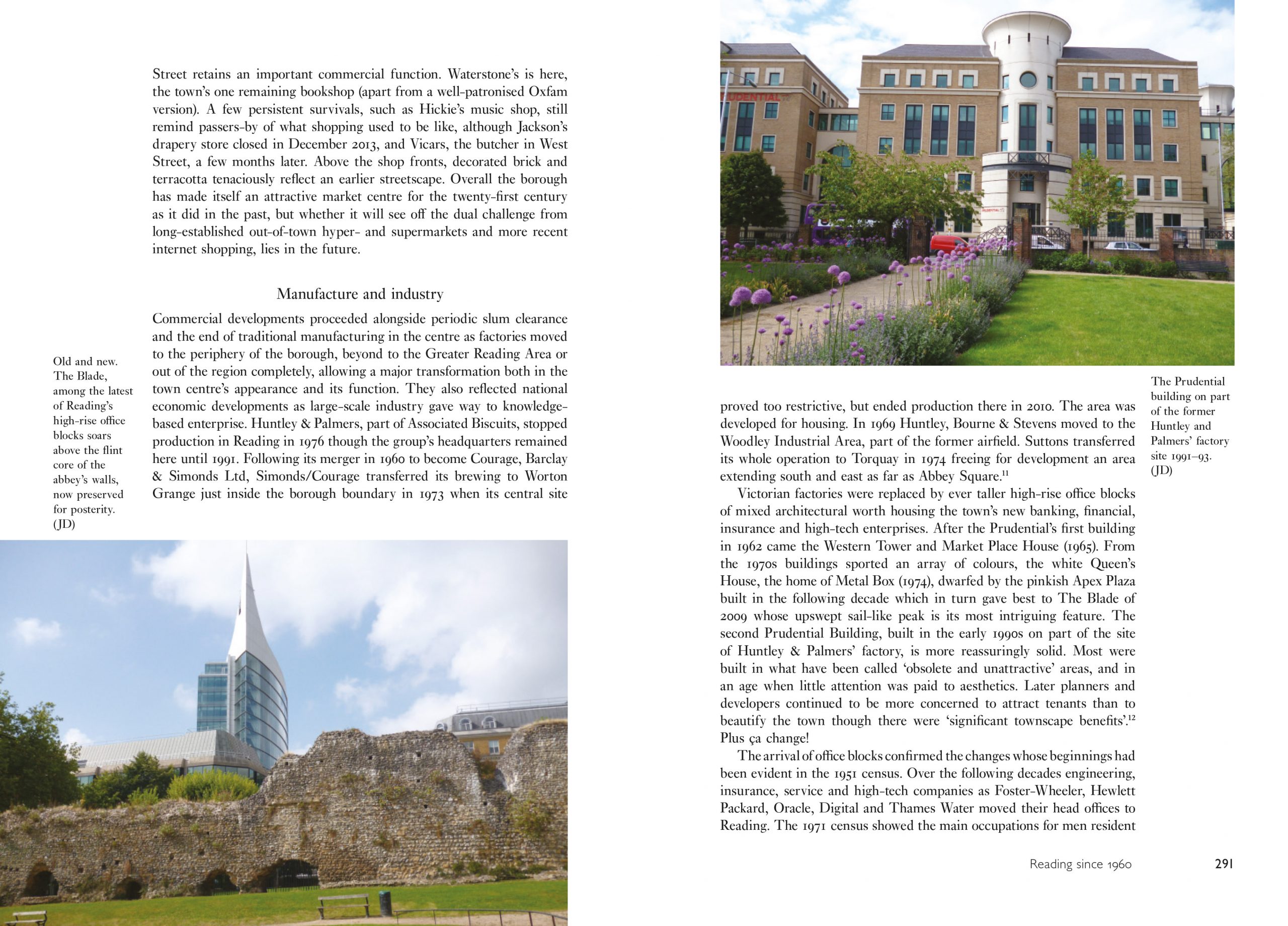
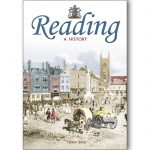
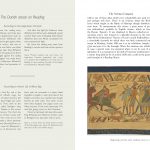
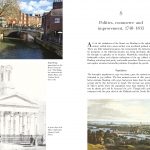
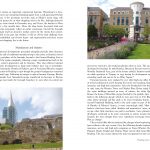
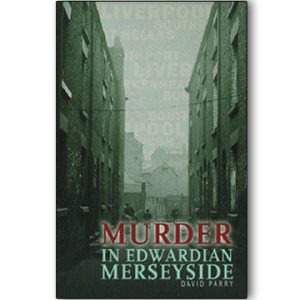
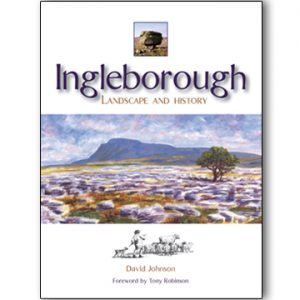
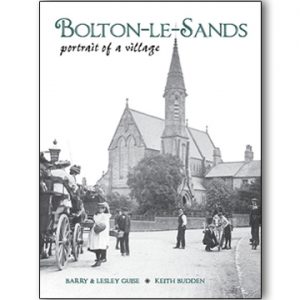
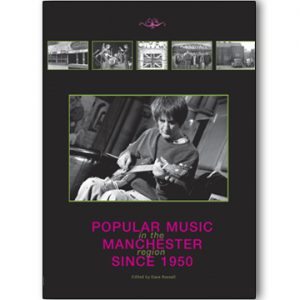

Olivia Gantzer, The Reading Chronicle –
A fascinating book about Reading’s rich history will be available to buy soon.
Full of historical detail, insight and many excellent illustrations, Reading: A History is 350 pages of fascinating reading. Local historian Joan Dils takes readers from the Iron Age to the computer age, from the earliest evidence of life to the modern, culturally and economically vibrant town of today. Over the centuries, the biggest town in England has become famous for a variety of surprising reasons. Its abbey was once one of the wealthiest in England, and it made Reading influential across Europe. The extensive ruins attract many visitors.
The town is also the burial place of King Henry I and has had many royal visitors, including Edward III and Elizabeth I. Woollen cloth, beer, seeds and biscuits are just some of the products for which the town is well known. Charles Dickens, Charles Wesley and of course, Oscar Wilde, have graced the town with their presence.